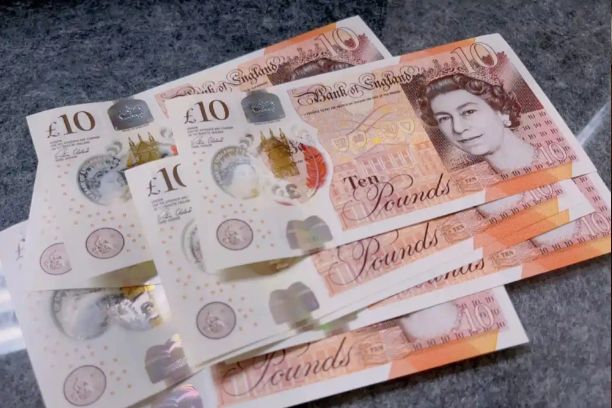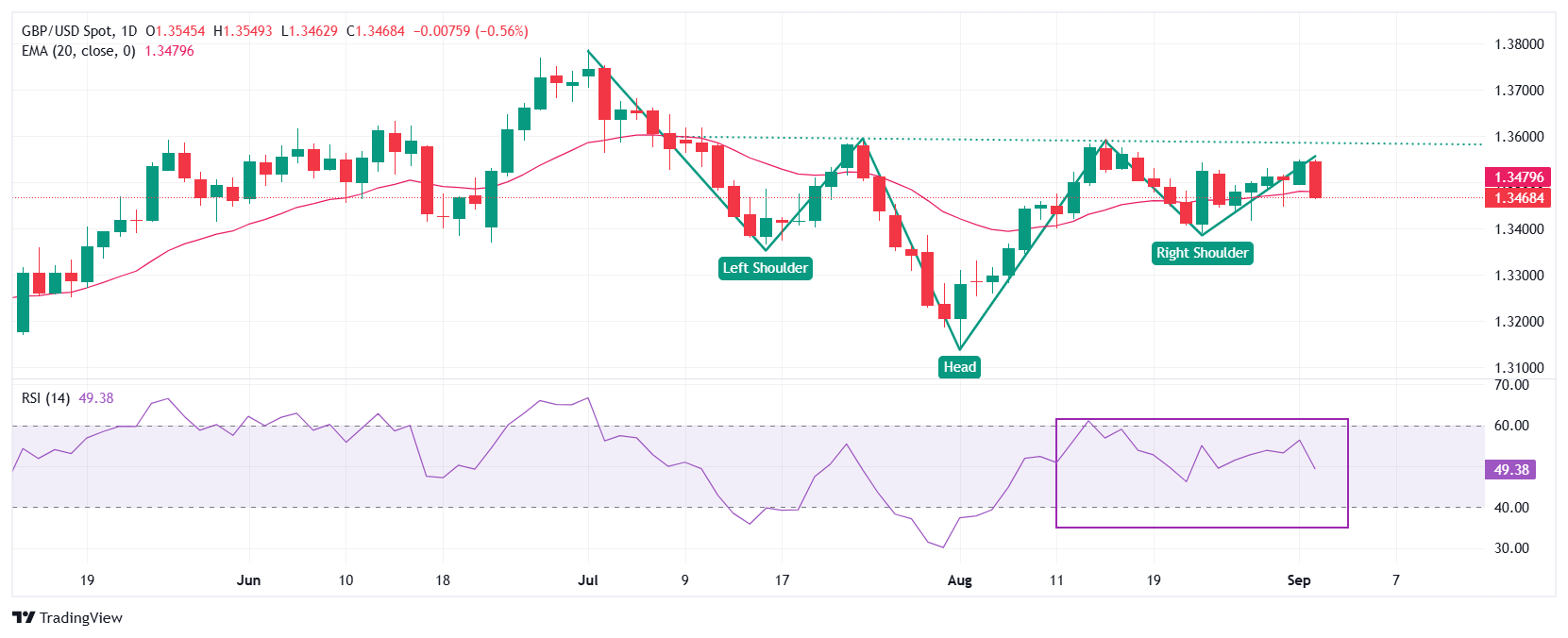
The Pound Sterling slides to near 1.3480 against the US Dollar as the Greenback gains ahead of the US opening.
Investors await the US ISM Manufacturing PMI data, which is expected to have declined again.
The BoE is unlikely to cut interest rates in the monetary policy meeting this month.
The Pound Sterling (GBP) declines to near 1.3480 against the US Dollar (USD) during the European trading session on Tuesday. The GBP/USD pair drops as the US Dollar gains ahead of the United States (US) opening after an extended weekend, due to Labor Day holiday on Monday, with investors awaiting the ISM and S&P Global Manufacturing Purchasing Managers’ Index (PMI) data for August due later in the North American session.
During the press time, the US Dollar Index (DXY), which tracks the Greenback’s value against six major currencies, rises to near 98.00.
Economists expect the US ISM Manufacturing PMI to have contracted again, but at a moderate pace. The Manufacturing PMI is seen at 49.0, higher from the prior reading of 48.0. A figure below the 50.0 threshold is considered a contraction in the business activity.
Investors will also monitor other indices of PMI data, such as Prices Paid, and Employment to gauge the impact of US President Donald Trump's tariffs on inflation and the labor market.
Daily digest market movers: Pound Sterling trades calmly in a light UK economic calendar week
The Pound Sterling trades broadly stable against its major peers in a light United Kingdom (UK) economic calendar week. Upbeat market mood due to firm expectations that the Federal Reserve (Fed) will reduce interest rates at the September meeting has continued to provide strength to the Pound Sterling.
In the near term, the major trigger for the British currency will be market expectations about whether the Bank of England (BoE) will cut interest rates in the policy meeting this month.
Last week, BoE Monetary Policy Committee (MPC) member Catherine Mann stated that interest rates should remain restrictive for a longer period until downside economic risks get materialized. Mann argued against loosening monetary conditions as inflation in the UK region is proving to be persistent.
Going forward, a slew of US labor market-related data, JOLTS Job Openings for July, ADP Employment Change and the Nonfarm Payrolls (NFP) data for August, will influence the GBP/USD pair.
Investors will closely monitor the US employment figures to get the current status of labor demand in the wake of tariffs imposed by Washington on its trading partners.
Also, market expectations for the Fed to cut interest rates at the September meeting intensified after the release of the NFP report for July, which revealed a sharp downward revision in job numbers of May and June.
Technical Analysis: Pound Sterling declines below 1.3500

The Pound Sterling slides below 1.3500 against the US Dollar on Tuesday. The overall trend of the GBP/USD pair is broadly sideways as it stays close to the 20-day Exponential Moving Average (EMA), which trades around 1.3468.
The Cable is also forming an inverse Head and Shoulder (H&S) chart pattern on the daily chart, which leads to a bullish reversal after a corrective or downside move. The neckline of the H&S pattern is placed around 1.3580.
The 14-day Relative Strength Index (RSI) oscillates inside the 40.00-60.00 range, suggesting a sharp volatility contraction.
Looking down, the August 11 low of 1.3400 will act as a key support zone. On the upside, the July 1 high near 1.3790 will act as a key barrier.
* The content presented above, whether from a third party or not, is considered as general advice only. This article should not be construed as containing investment advice, investment recommendations, an offer of or solicitation for any transactions in financial instruments.


